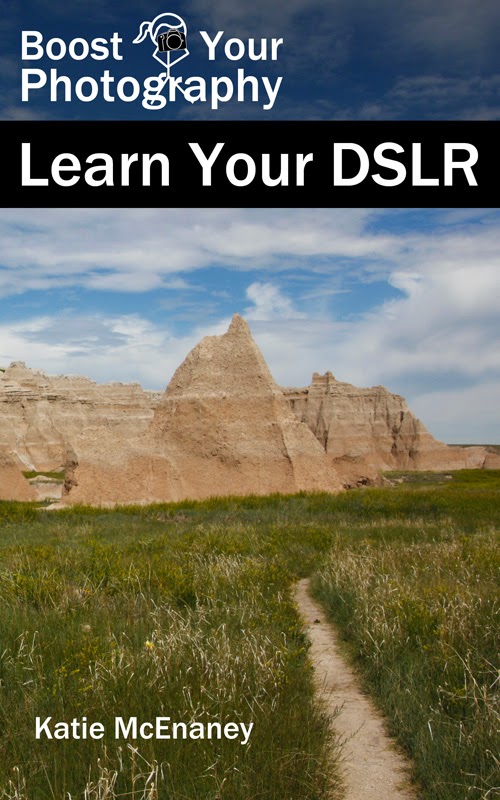 |
| This light portray shot changed into taken with a 30-2d exposure, a tripod, and a far flung shutter release. |
Read here How to Spin an Orb with Light The top cause for missing a shot is not having your digital camera with you on the time. The most effective barely less well-known reason for missing a shot is having forgotten to reset your digicam. This is why you need to consider to reset to your ?Camera zero.?
Let me illustrate with an instance. Earlier in the week, I become called into the lower back room for the reason that two massive mourning doves had just alighted at the porch balcony and had been acting affectionate. I grabbed my digital camera en direction, pulled off the lens cap, and turned it on. As quickly as I walked in, I zoomed within the lens, composed the picture, and clicked the shutter. (Insert long click sound right here.) It was simplest after taking the shot that I found out that the digital camera was nonetheless set on guide with a 30-second shutter. After an agonizing thirty seconds spent expecting the shot to complete, I speedy adjusting the settings and attempted again ? Just as both doves were given spooked a flew off. I became left with nothing but this overexposed memento in their go to.
 |
| This picture turned into supposed to be of mourning doves however become involved in a 30-2d exposure on a bright day. |
(Taken the day after the photograph above.) That kind of ignored possibility happens to all people, but you may save you it by means of remembering to return to ?Digital camera 0? On every occasion you finish capturing.
?____ 0? Has turn out to be a catchy way of talking approximately getting an accomplishment back to the start, whether or not that be ?Inbox 0? (no new mail) or ?Dirty-dishes zero? (a time of celebration in our family). So, digital camera 0 is the chosen settings that you anticipate your digicam to have every time you switch it on to begin taking pictures.
Mode: My default shooting mode is ‘P’ for Program. In program mode, the camera chooses the aperture and shutter speed, but you set the ISO value. I keep my ISO at 100 (the native speed for my DSLR). P is a great choice for your camera zero setting, because it gives the camera the option to choose both the aperture and the shutter for the given situation.

Quality: I shoot RAW+L which creates a RAW file plus a high quality jpeg. This gives me the flexibility of using the jpeg with the critical data and flexibility provided by the RAW file. Unless memory and file size are a huge issue, you should always be shooting at the largest quality jpeg (without compression) that you can. Whether you shoot RAW or not is up to you.
AF Mode: The majority of the time I shoot in “one shot,” rather than AI Focus or AI Servo, which means that I need to set the focus of the shot every time.
Drive Mode: Continuous. Although I do not often use the burst function to take multiple pictures at a time (possible in continuous but not in single), I find it is a useful feature to have. This is most often the setting that I forget to come back to if I have been using the 10-sec or 2-sec timer options.
Metering Mode: Evaluative, though I occasionally use spot metering for shooting birds.
White Balance: Auto. Shooting in RAW gives me the flexibility to adjust the white balance in post-processing and prevents me from over-thinking this setting. Some landscape shooters swear by shooting always in ‘cloudy’ to get the warmer sun feeling, but I think auto is a much safer and more consistent choice.
Exposure Compensation: Zero. My most common mistake here is forgetting to take it off a bracketed setting (shooting three different exposures) and restore it to the one-shot zero setting.
Lens: vibration compensation: on and auto-focus: on. (See my article on How to Maximize Your Tripod to understand when to turn off vibration compensation.)
Knowing is half the conflict on the subject of camera zero. The other half of of the struggle is taking the ones treasured seconds while you?Ve finished capturing to do a brief run through of your settings and return them to digital camera zero. Get in the dependancy of looking back over your display and at your lens whenever you switch the digital camera off.
That way, the following time a cut up-second opportunity affords itself, you?Ll be geared up!

Want to examine extra?Boost Your Photography: Learn Your DSLR is now available from Amazon. Get the most from your digital camera with realistic recommendation about the technical and creative factors of DSLR images so that it will have you taking lovely snap shots proper away.
No comments:
Post a Comment